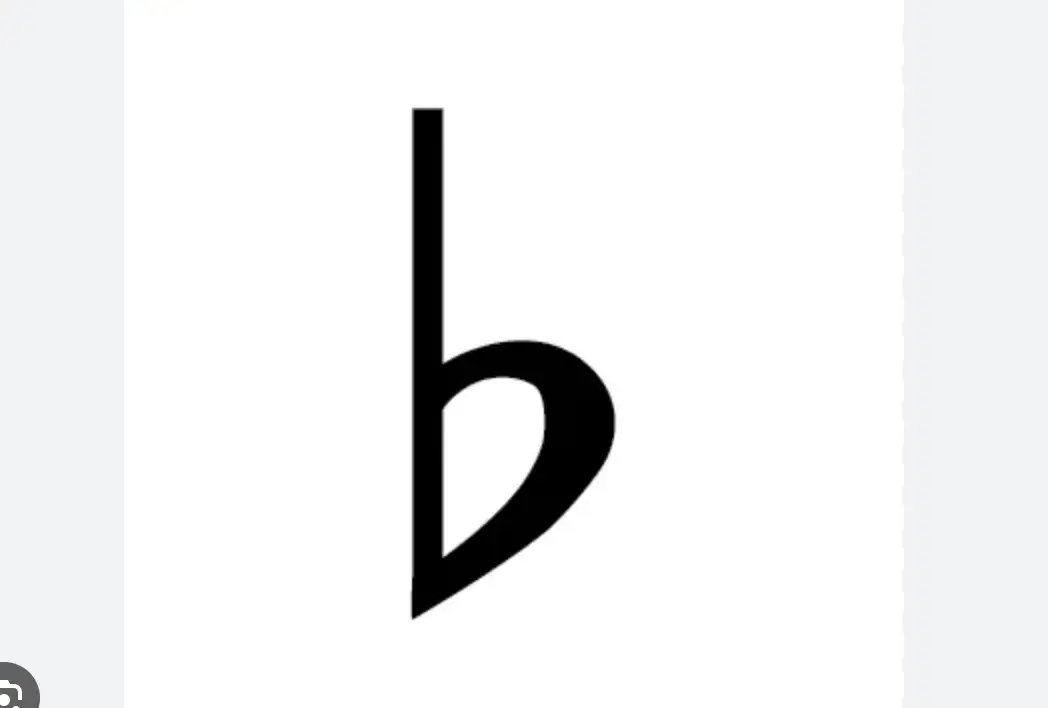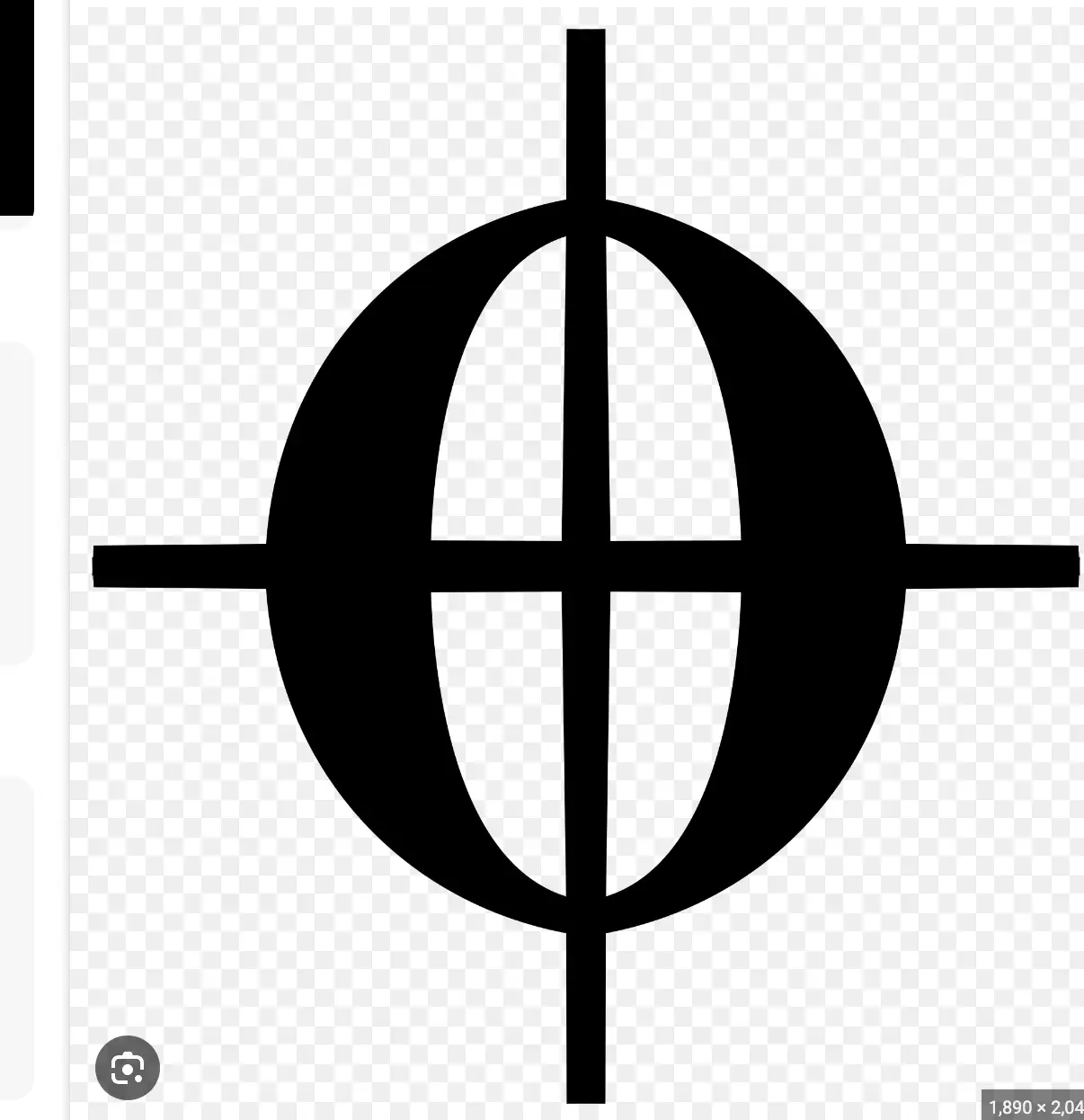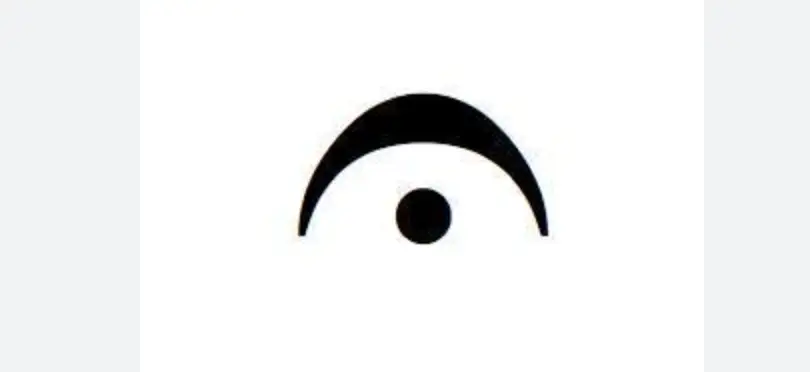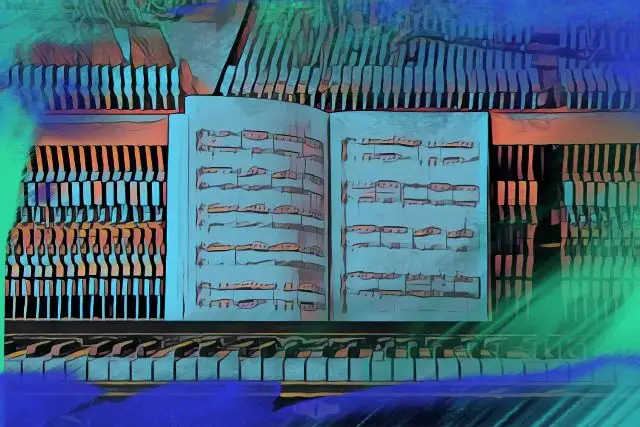Learning how to read musical notes on sheet music and beyond can help you unlock new worlds as a musician. After all, sheet music notation can help you decode just about any composition from Beethoven to Beyonce. However, it's understandable to be intimidated by all of the note symbols, lines, and various markings - a staff looks like a whole other language at first glance.
Fortunately, we're here to put your qualms at ease and demystify the musical staff for once and for all. Below, we'll decode everything you need to know about the musical staff and its symbols so that you can start to read music. Let's take a look!
What Is a Musical Staff?
The term "staff" or stave itself refers to a set of five horizontal lines and four spaces on a sheet of music. Each of these lines and four spaces represent notes or different musical pitches. In a percussion staff, the lines and spaces are used to denote various instruments.
Oftentimes, when we refer to the musical staff, we're seeking to understand how to read sheet music as a whole. A whole musical staff or written piece of music will contain several other components including a time signature, key signature, and various musical symbols that inform how a piece is intended to be played.
It's a lot to wrap your head around, but YouTube creator Lincoln Learning Studios provides a good overview:
Each particular line and space of the staff holds a specific note determined by the key signature. The individual notes are expressed in a way that the player can understand the rhythmic value from a quick glance. The musical staff is read from left to right, with double bar lines at the beginning and end of a piece.
The Key Components of a Musical Staff
Every musical staff is different, but here are some of the main components you'll see across most pieces of music:
Lines and Spaces
Each section of a musical staff has five lines and four spaces. These lines and spaces each represent an individual note which is determined by the clef at the beginning of each section.
Key Signature
The key signature dictates how many sharps or flats are assigned to notes across a piece. For instance, in the key of G major, the key signature has an F sharp instead of F natural. Since this is notated in the key signature, all F's notated throughout a piece should be played as F sharps.
You can memorize key signatures utilizing the circle of fifths, shown below, but the key signature will always spell out your sharps and flats at the top of your musical staff, directly before the first measure of the piece:
Cleff
Cleffs are musical symbols that tell you what type of notes are represented on the note lines and spaces after it. As discussed below, you'll come across bass, treble, and percussion clefs.
Bar Lines
Bar lines are used to separate measures. You'll see double bar lines at the beginning and end of every piece that shows a musician where they start and stop reading the music.
Dynamic Markings
Across the musical staff, you might see markings like a small "p" or "f". These markings stand for piano and forte, which stand for soft and loud respectively. These are not the only dynamic markings, but two of the most common ones you'll come across. There will be markings above, below, and sometimes embedded within the musical staff that all hold separate meanings.
The Four Types of Musical Staves
When we talk about a musical staff, we are most commonly referring to a grand staff which you'll find on most standard sheet music. In reality, there are four different types of musical staffs or staves.
Bass Staff
The bass staff is the lowest staff that sits directly below the treble staff on the grand stave, starting at the low G line, extending to an A below middle C. As you might expect, the bass staff has a bass clef at the start of the measure line, shown like so:

Treble Staff
The treble staff is the most common stave showcased in piano music, guitar, and other common instrument notations. This staff is distinguished by the treble clef, with its lowest line note's pitch at E, ranging up to F on the top line:

Grand Staff
The grand staff is joined by "middle C" or C4, which stands directly in the middle of the piano keyboard, connecting the bass and treble notes. Notes between the treble staff and grand staff may not always lie on a predetermined line. Instead, they rest on lines between the staff called ledger lines like so:

Percussion Staff
The percussion staff, otherwise known as percussion notation is another way of notating percussion parts, with each line representing a different percussion instrument.
You'll see a percussion clef to the left of the note symbols. The note with an X-ed out note head denotes a hi hat in the following example:

How to Read the Musical Staff
Learning how to read the musical staff is all about knowing the names of the lines and spaces. The staff is read from left to right, starting at the top of the page. Each section of the musical staff is marked with a key signature and time signature, letting you know how the notes are played.
Each individual line and space represents a whole note. In the natural positions on keyboard instruments, your key signature is in C major or A minor, meaning that you have no sharps or flats. Both the bass, treble, and grand staff are written in this way.
Therefore, any different musical pitch (any piece that isn't played in C major or A minor) is notated through the key signature. The key signature will tell you which notes should be played sharp or flat, ahead of the first measure in the first line of music. If any particular note differs from the established key signature, it will have a natural sign before it, which negates that particular marking for the duration of a measure.
Reading Bass Staff Lines and Spaces
The bass staff is marked by a bass clef and is below the treble staff. From bottom to top, each line represents the following notes: G B D F A, which is often paired with the acronym pneumonic device Good Boys Do Fine Always. In between those lines, the four spaces are A C E G, remembered with the clever phrase "All Cows Eat Grass".
Reading Treble Staff Lines and Spaces
The treble staff is marked by a treble clef and is above the bass staff. From bottom to top, each line represents notes E G B D F, remembered as "Elvis' Guitar Broke Down Friday". In between these lines lies F A C E in the spaces, remembered with the phrase "Face in the Space".
7 Music Symbols You Should Know
It's a good idea to understand as many musical symbols as possible in order to effectively read the musical staff. Here are a couple of the most common musical symbols to help you read music faster:
Sharp
A sharp notates whenever a natural note should be raised one semitone. Sharps are written to the left of the note or in the key signature of a piece.

Flat
Flats represent notes that have been lowered by one semitone. They are also written to the left of a note or within the key signature.

Natural
A natural negates the sharp or flat expressed within the key signature. For instance, let's say there is a song in G major, which has the F# sharp note. In most measures, any Fs should be played as F#. However, if the particular F note has a natural sign in front of it, it should temporarily be played as F alone for the duration of the measure.

Coda
A coda marks the final section or "tail" in a piece of music, usually used in pieces that have repeating elements.

Crescendo and Decrescendo
A crescendo and decrescendo mark where a sound rises and falls for dynamic effect. Crescendos start soft and get louder, while decrescendos go from a loud sound and become softer.

Fermata
A fermata is a symbol above the musical staff that signals to a musician to watch the conductor. The conductor will then hold that note as long or as short as they'd like within the context of live music.

Rests
As the name suggests, rests showcase breaks in musical notation. They can hold the same value as traditional notes-- for instance, an eighth note has the same amount of value as an eighth rest, a quarter note a quarter rest, a half note a half rest, so on and so forth. Rests are usually situated within the middle of staff lines.
Musical Staff FAQ
Are you still stuck on the staff? Not to worry! Use these commonly asked questions to better understand the musical staff's basic components and beyond:
What is the music staff called?
When we refer to the music staff, we're usually referring to the grand staff which displays both the bass staff and treble staff. Musical staffs can also be called staves.
What are the 5 lines in music called?
On the treble staff, the lines are identified as E G B D F from bottom to top. On the bass staff, these lines are G B D F A from bottom to top. On the grand staff, these two staves are joined by middle C with notes on ledger lines below and above the staffs.
What are the types of staff in music?
There are three main staffs or staves in music. You'll find the bass staff, treble staff, and finally, the grand staff which combines the two staves together, joined by note C4, otherwise known as middle C on a ledger line.
What is a staff or stave in music?
A staff, otherwise known as a stave, is a group of five parallel horizontal lines and four spaces, joined together by bar lines. Note symbols are placed on a musical staff to identify the note's pitch and context within a particular piece.
In short, the musical staff is an exceptionally helpful tool that helps musicians organize pitch, rhythm, and dynamics into a universal language. Remember that cultivating a new skill becomes easier with practice-- the more time you dedicate to reading the musical staff, the more natural it will feel. Have fun using your newfound understanding to decode and perform your favorite songs.





